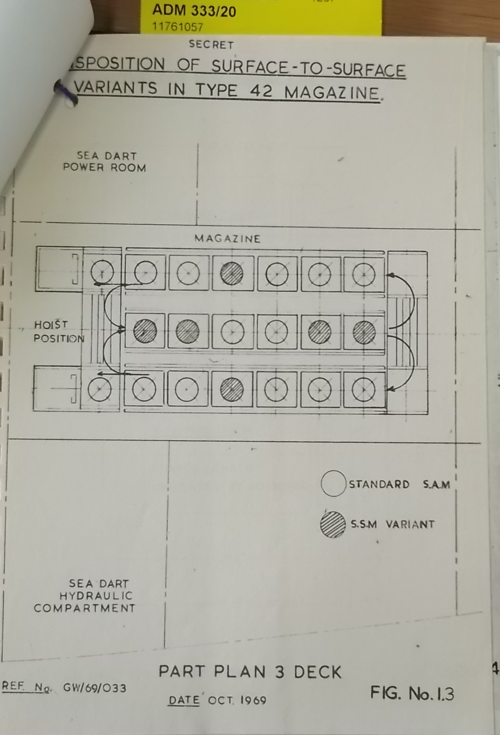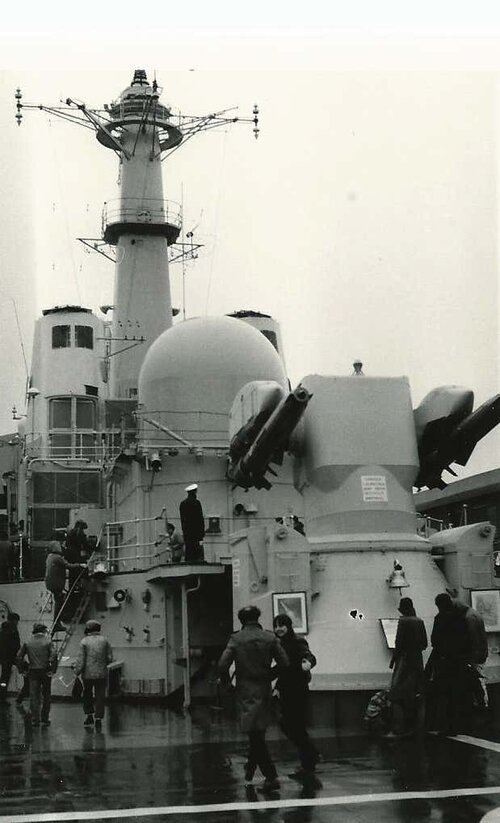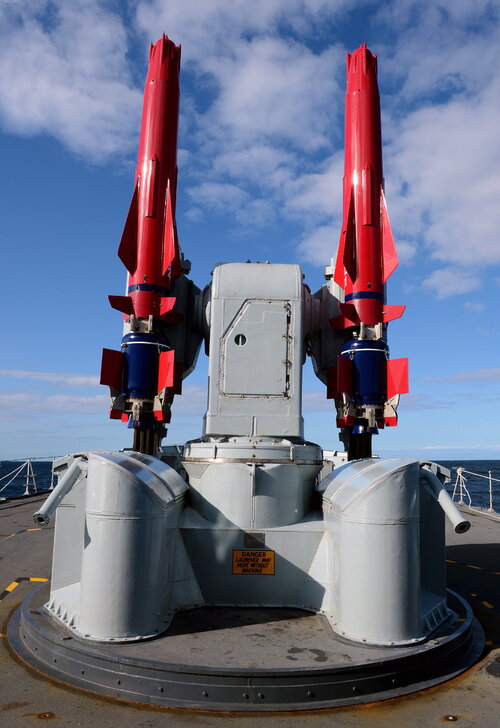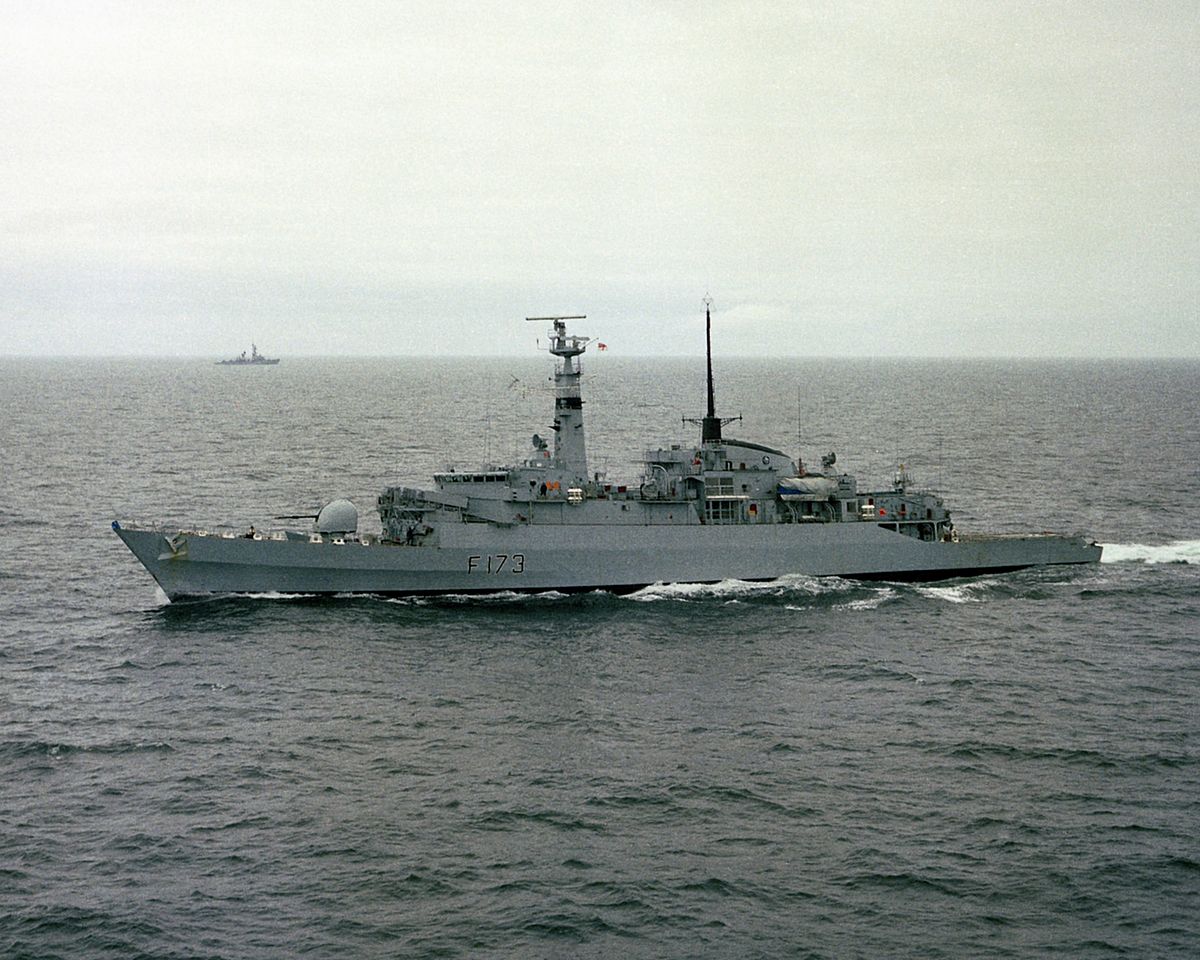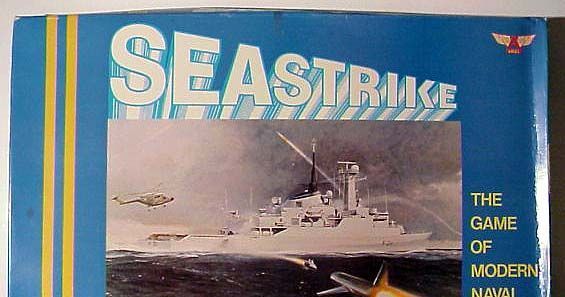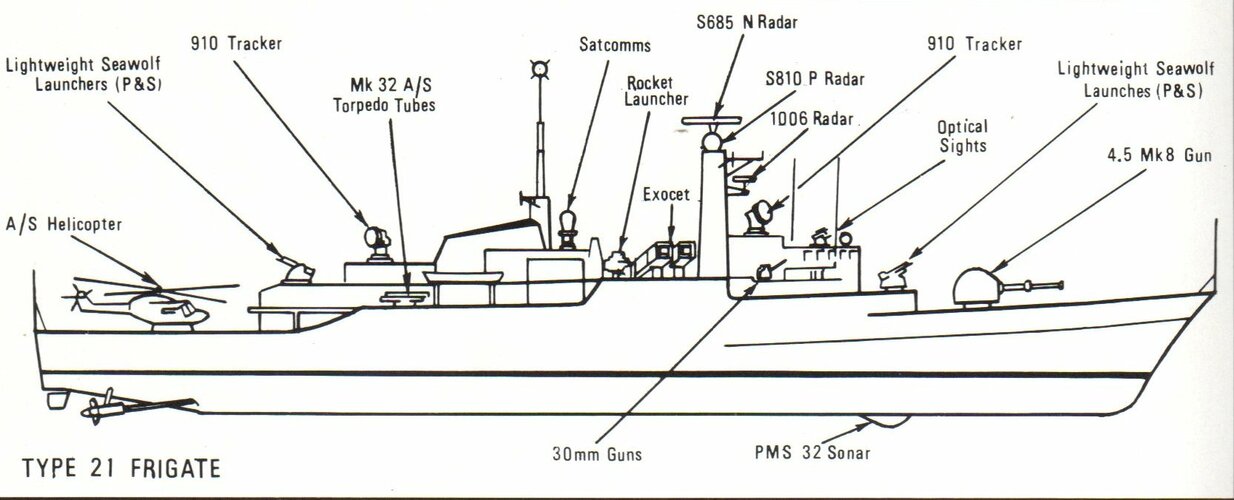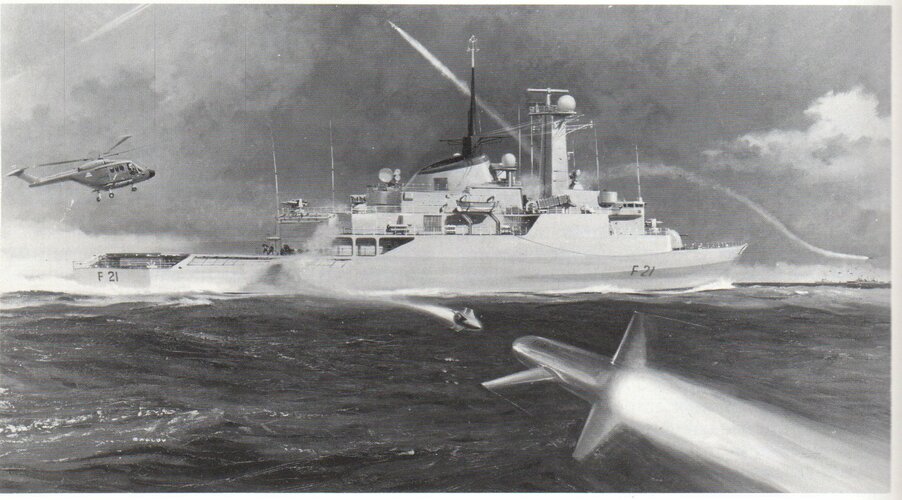NOMISYRRUC
ACCESS: Top Secret
- Joined
- 28 September 2008
- Messages
- 2,338
- Reaction score
- 3,782
Is the Type 42 Batch I a typo for Batch IV? If it is not I think you're quoting the total accommodation and not the crew which I've got as 253 from several sources.Quite right CACS was the failure leading to DNA1. Memory failure.
Type 42 batch I compliment 312
Type 43 compliment 348
At a cost of £200 million (Nott cancellation)
However I cannot find a Type 44 figure.
While it would be slightly wrong to assume 1 Type 43 = 2 Type 42 for operational reasons.
It would be reasonable to assume 1 Type 43 = 1.5 Type 42.
Or 24 Type 43 deliver capability of 36 Type 42s.
But in their favour is the extra capability of a full Sea Wolf System.
Type 44 seems conceived 'out of committee' and D.K.Brown seems to think it offered little.
From what I remember Brown thought that one Type 43 was better than two-and-a-bit Type 42s or Type 44s in AD capability. But I was skimming through my Friedman earlier on to see if he had any crews for the proposed ships and he thought that Type 44 was the best.
This might be an example of the Vroomfondel and Majikthise principle. All you have to do is violently disagree with each other and you'll be on the gravy train for life.
While I'm at it Friedman said there was no evidence to support the story that the Type 42 had it's length reduced and that the magazine capacity of the Batch 3 was the same as the earlier batches, i.e. 22 missiles.
Last edited:

